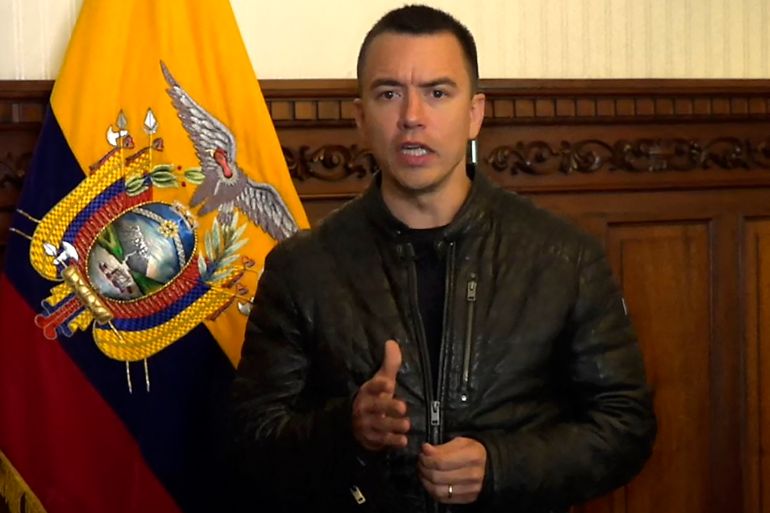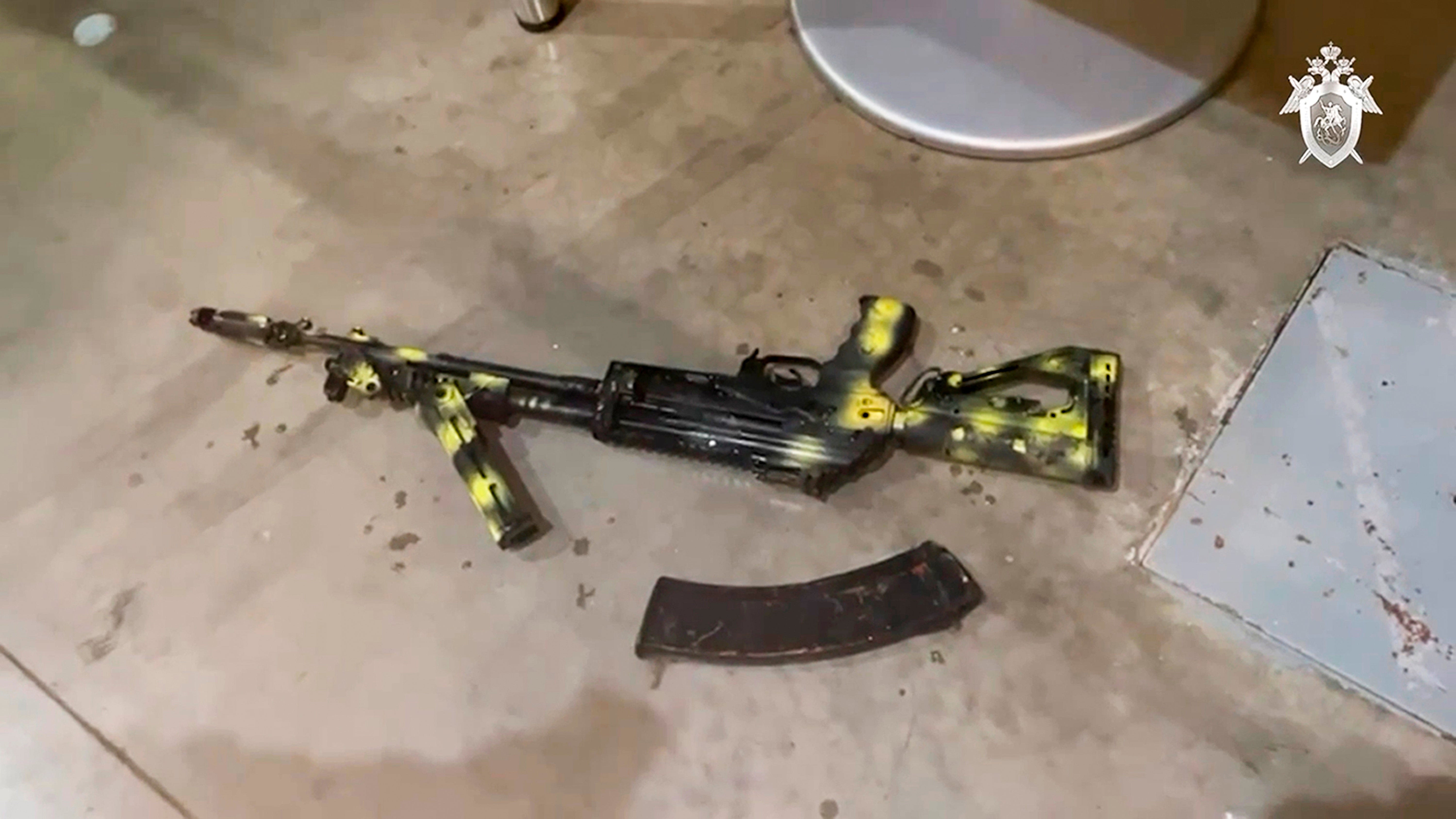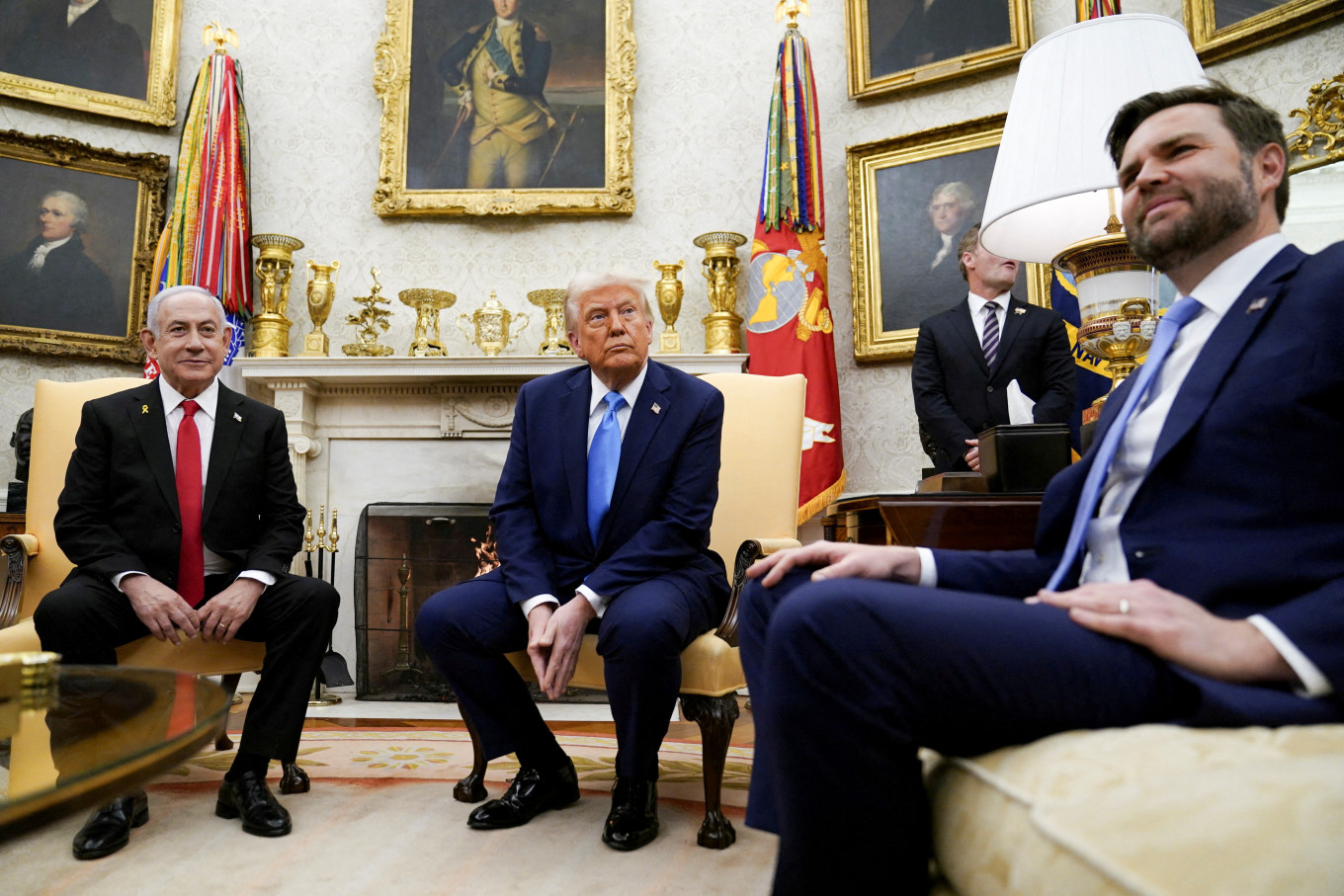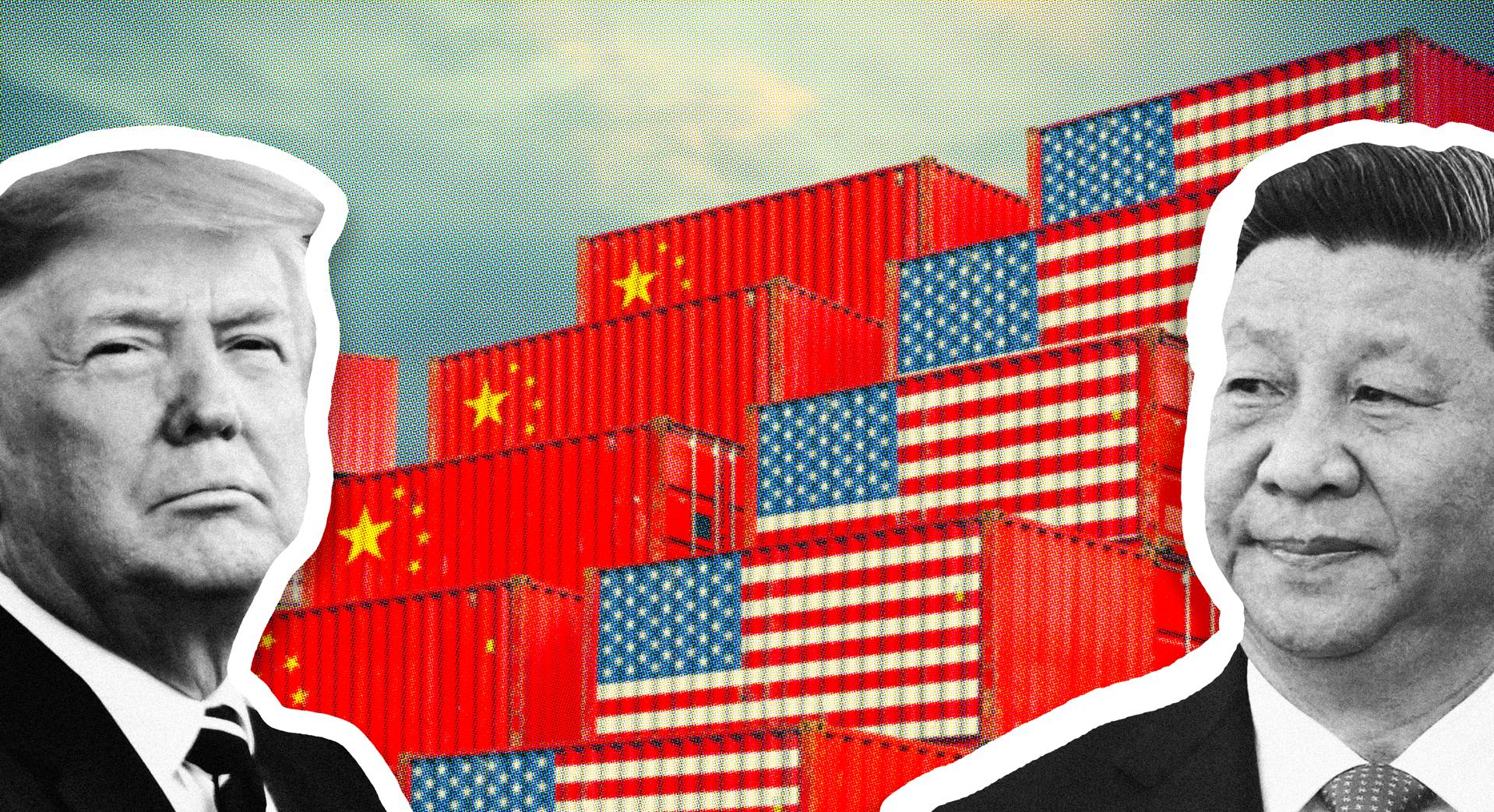Friends, followers, buckle up. The Middle East is a powder keg right now, and it feels like we’re watching the sparks fly in real-time. Let’s break down the crucial updates from today, April 27th – and trust me, it’s not a pretty picture.

Photo source:indianexpress.com
The Houthis are claiming continuous US airstrikes in Yemen’s Hodeidah province. This isn’t just saber-rattling; it’s direct escalation. Meanwhile, Hamas says they’re willing to release all remaining hostages, but demand a five-year ceasefire. A five-year ceasefire! That’s a bold ask, and rightly so given the circumstances.
Then we have the alarming situation in Iran. An explosion has left at least 14 dead and over 700 wounded, hitting a port responsible for over 85% of the country’s container handling. Abbas Port is effectively in crisis mode, and any disruption there ripples across global supply chains. This impacts everyone.
Syria, navigating a tightrope, has responded to US demands for sanctions relief. They’re offering transparency on chemical weapons stocks and a press contact point… but sidestepping, unsurprisingly, cooperation on counter-terrorism. Clever, but will it be enough?
Now, let’s talk US-Iran nuclear talks. Round three is focused on two key issues: lifting sanctions and building confidence around Iran’s nuclear program, while upholding its right to peaceful nuclear energy. It’s a delicate dance of diplomacy and distrust.
Oman is trying to mediate. Talks are set to continue next week, with another high-level meeting penciled in for May 3rd. We need all the mediation we can get. Hamas representatives just finished talks with Egypt, centering – you guessed it – on a Gaza ceasefire.
However, Israel is flashing red. They’re warning of a significant escalation if negotiations stall. And Hamas? They’re digging in their heels, refusing to disarm as long as Israeli forces remain in control. This impasse is deeply concerning.
Let’s unpack some of the underlying tensions.
The Houthi-US conflict is part of a broader proxy war, fueled by regional power plays and historical grievances. It’s about control, influence, and access in a strategically vital area.
The hostage situation remains the core sticking point for a Gaza ceasefire. Both sides are playing hardball in a high-stakes negotiation involving the lives of civilians.
Iran’s port incident highlights the vulnerability of critical infrastructure. Global trade routes are highly sensitive to such disruptions, impacting prices and supply lines worldwide.
The US-Iran nuclear talks represent a pivotal moment. Reaching a sustainable agreement is crucial for regional stability, preventing escalation and reducing the risk of nuclear proliferation. Clear communication and compromise are paramount.
This isn’t just about geopolitics; it’s about real people, real lives, and the fragile state of global stability. Stay informed, stay vigilant, and let’s hope for a de-escalation before things spiral even further out of control.






